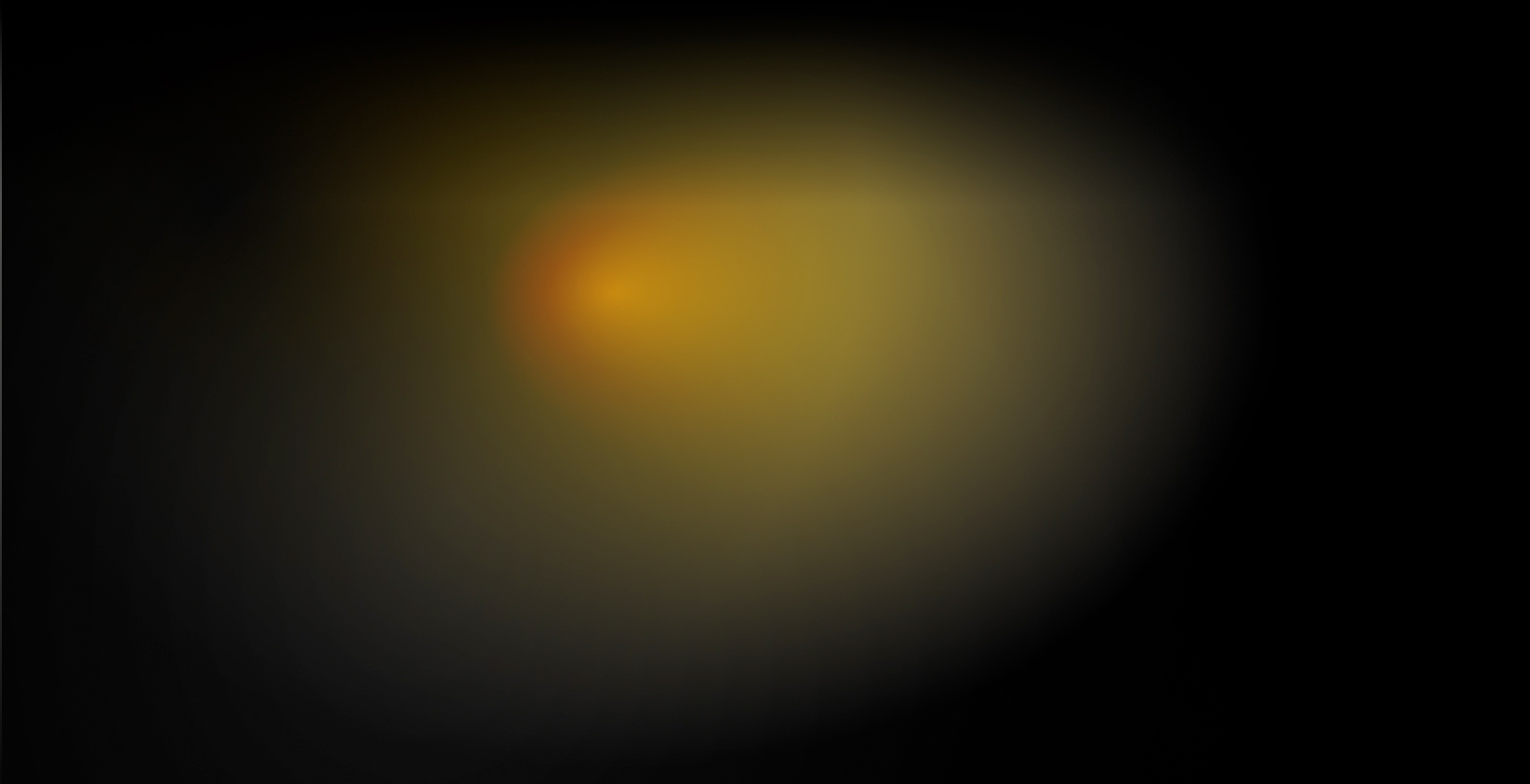PVD and DLC coatings for Components
Find the specific solution for your field of application, developed by overcoming new levels of know-how and experience.
It’s not just about implementing new techniques to counteract phenomena such as wear, friction, chemical corrosion or thermal fatigue. Your priorities lie in the active processing of new results.
A perfect combination.
Thanks to a combination of exceptional properties, DLC is the Carbon-based coating with the widest spectrum of use.
To improve the efficiency and performance of your components even in extreme conditions, you can choose from a wide range of versatile or very specific coatings. Discover their tribological characteristics and their properties.
Resistance to abrasive and adhesive wear
Our antiwear and antisticking coatings improve the mechanical strength and service life of the components and systems to which they belong.
Abrasive wear is fought with two main characteristics of the coatings: hardness and chemical inertia. The evolution of coatings over time has led to higher hardnesses of over 3000 Vickers.
Adhesive phenomena, on the other hand, are contained thanks to coatings with a low friction coefficient and low chemical inertia, such as Diamond Like Carbon (DLC), WC/C or CrN. They are applied to counteract any kind of adhesive phenomena: metal against metal, metal against plastic, hot and cold adhesions, in any condition, with or without lubrication.
Reduction of the friction coefficient
Our anti-friction coatings, characterized by a very low friction coefficient and a high chemical inertia, improve the sliding capacity of the materials on the surfaces, avoiding friction problems, solving problems of dry or vacuum lubrication and counteracting phenomena such as seizure and cold welding.
The smoothness of these coatings is also due to the presence of Carbon, as in the case of DLC or WC/C, which plays a fundamental role as it allows the graphite form to reduce the friction coefficient (COF) of the system.
In general, it’s important to remember that it’s always better to consider the friction coefficient of the system rather than the single component. It is therefore convenient, if possible, to coat both surfaces in contact.
Resistance to corrosion and oxidation
The ceramic nature of PVD and PaCVD coatings is the main factor that explains their excellent chemical inertia. As they do not react with acids, bases and chemicals, they are particularly suitable for increasing the corrosion resistance of components.
Resistance to oxidation is instead linked to the question of the operating temperature. In general, all PVD treatments resist oxidation at room temperature: they do not react with oxygen and prevent oxygen from reaching the base material.
However, with the increase in temperatures, you need coatings that do not lose their characteristics. CrN or our most innovative HDP X7 solution have oxidation temperatures above 700°C.
Technical-decorative use
Some coatings have the advantage of improving the aesthetics of the component while maintaining all their technical characteristics of hardness, reduction of the friction coefficient and resistance to corrosion.
This is the case of Titanium Nitride (TiN), widely used and known for its yellow-gold color, of Diamond Like Carbon (DLC) for black, and of Zirconium (ZrN) for its straw yellow color.
In addition to the development of custom coatings, our added value lies in our ability to propose advanced solutions that improve the depth of color or lower the standard deposition temperature in order to protect the most delicate components.
Food contact
The ceramic nature and chemical inertia of PVD and PaCVD coatings offer the great advantage of making them suitable for direct food contact and therefore usable on components and machinery in the food, beverage and packaging fields.
This property is guaranteed by the European EN 1935 certification and accepted by the strict FDA (Food and Drug Administration). Certificates are available upon request.
Medical and dental use
Medical or dental components such as instruments or prostheses require biocompatible and aseptic materials and coatings.
Our range of medical coatings complies with the European standard EN 10993. Non-cytotoxic certificates are available on request.
Electrical insulation
Most of our coatings are characterized by extremely variable electrical conductivity depending on their composition.
The Diamond Like Carbon (DLC) family stands out as it can act as an electrical insulator, working well in conditions of low current flow.
This property can be useful for example in the case of static electricity build-up or the development of small stray currents.
FAQ
Which materials can be coated?
The materials that can be treated with PVD and PaCVD deposition technologies for components range from titanium and its alloys to different types of steels, aluminum, magnesium, copper and their alloys. They may be coated directly or may require the deposition of an interlayer.
How to choose the right coating?
The choice arises from the problem identification. Once the type of problem or the combination of two or more problems has been identified, it becomes possible to choose the best coating. Our R&D laboratory is equipped to carry out all the necessary analysis.
How should I prepare the material?
Cleaning and low roughness of the material are essential to obtain the best results. The material surface must be free from pollutants or residues from previous treatments and the lowest possible roughness level must be achieved. Our experts in surface optimization and polishing service will advise you on the best solutions.
Infinite solutions for multiple applications.
Each sector, with its own needs, requires the utmost specificity.
We are the partner who can provide you with high-tech solutions, functional to any type of need.

